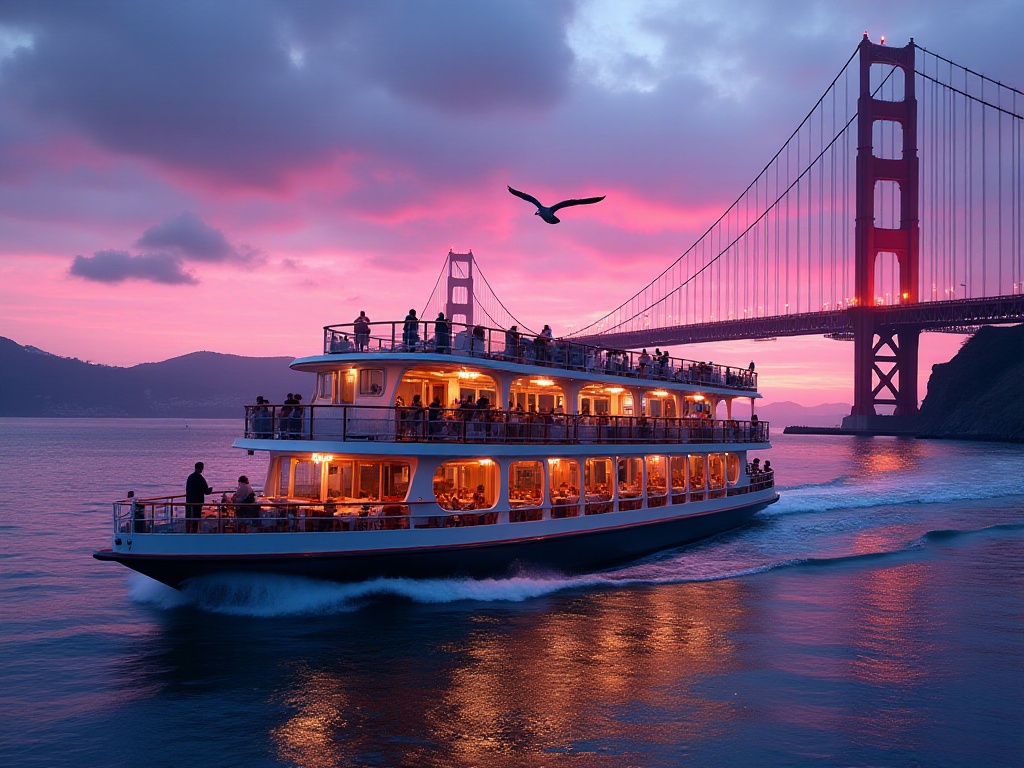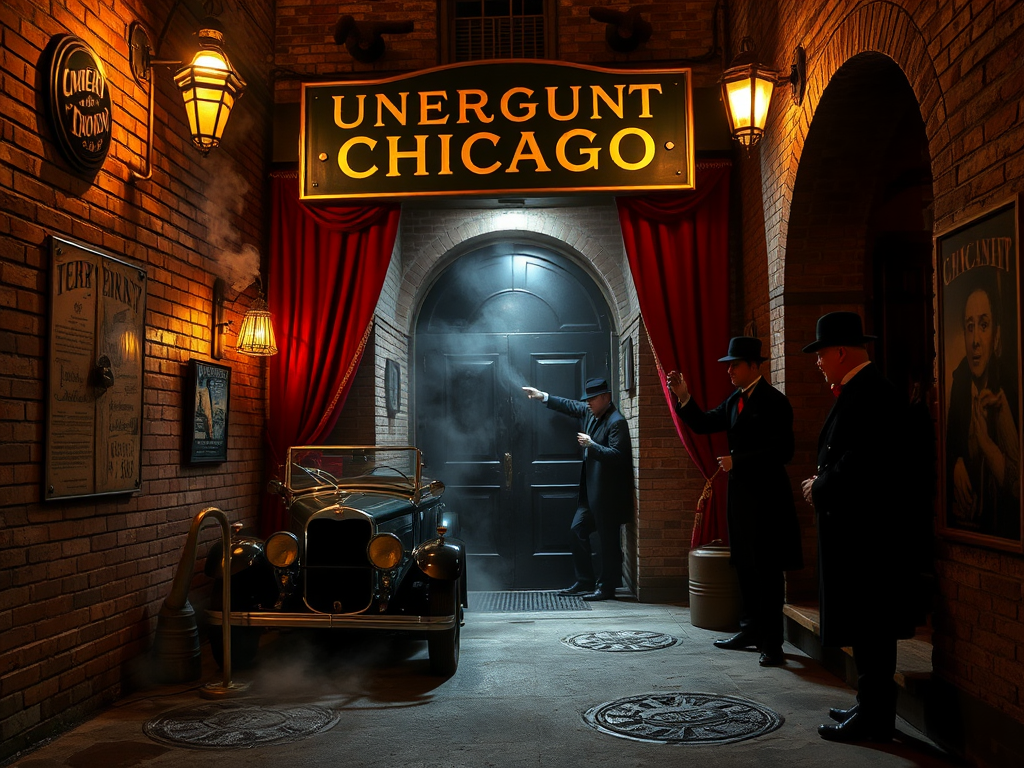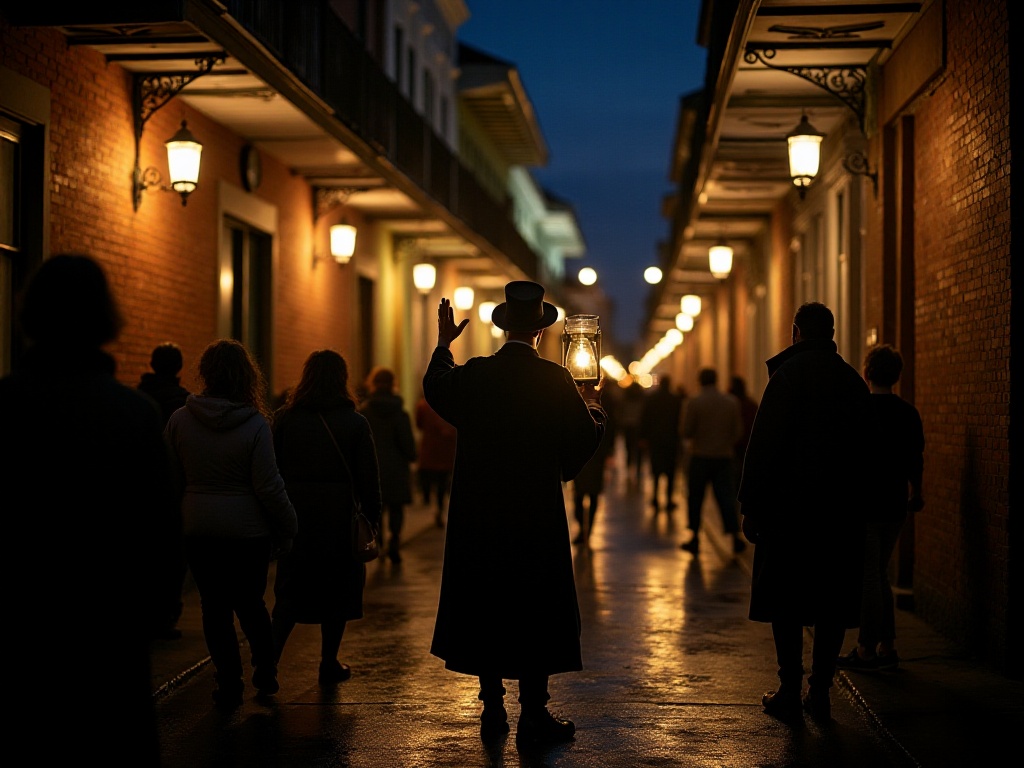As a travel blogger who has been far and wide, I deeply understand that city sightseeing requires strategy. I remember my first solo international trip - due to inexperience, I spent two months' worth of living expenses in just one week. Looking at my credit card statement afterward, I wished I could go back in time and stop my wasteful younger self. After years of experience, I've finally developed a set of tips for enjoying city tours without breaking the bank, which I'm sharing with you today.
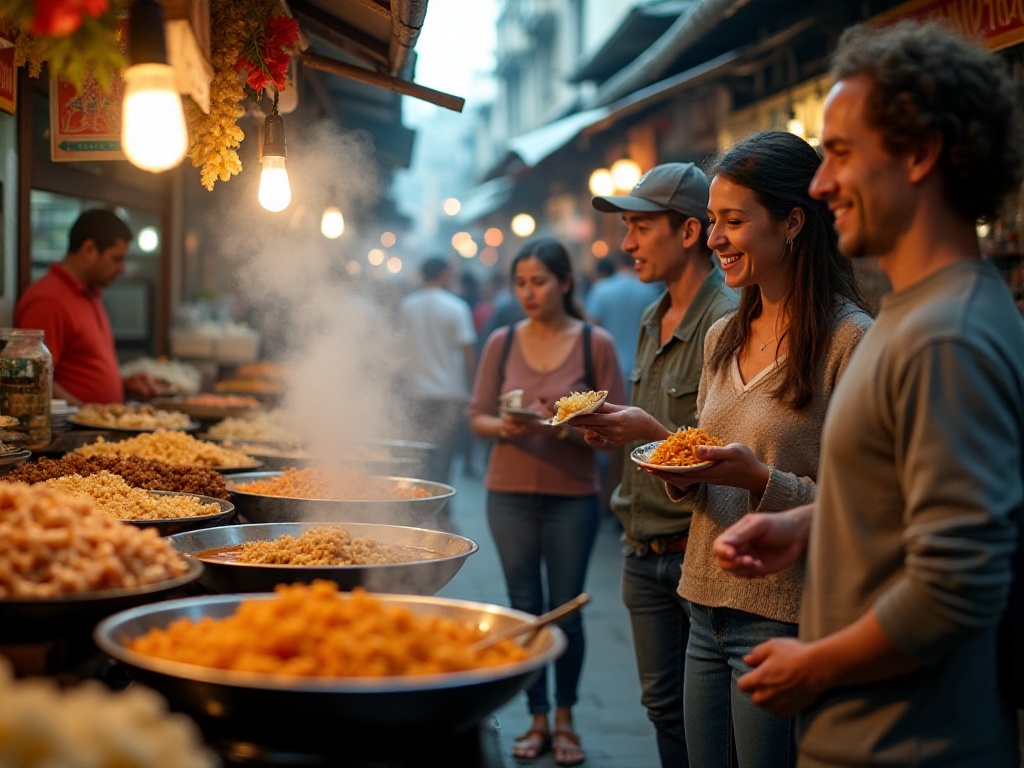
Fixed routes offer the biggest advantage of being hassle-free, perfect for those short on time and energy. Take architectural tours for example - Chicago's architecture tour left me absolutely amazed. I joined a 45-minute short tour led by a guide with over 20 years of experience in architecture. He not only detailed each building's history but also shared fascinating architectural gossip. For instance, the famous Corn Cob building on Michigan Avenue was actually designed by an architect as part of his marriage proposal. These human interest stories are something you'd never discover just visiting on your own.
Night tours offer a completely different experience. The Washington DC monuments night tour left the deepest impression on me. The guide leads everyone on a leisurely walk along the National Mall, from the Washington Monument to the Lincoln Memorial. When the evening breeze blows and moonlight falls on the memorial's marble steps, the solemn atmosphere naturally makes you slow your pace. While $64 might seem expensive, considering it's in the heart of the U.S. capital, led by a professional guide, with many little-known historical stories, the price becomes quite reasonable.
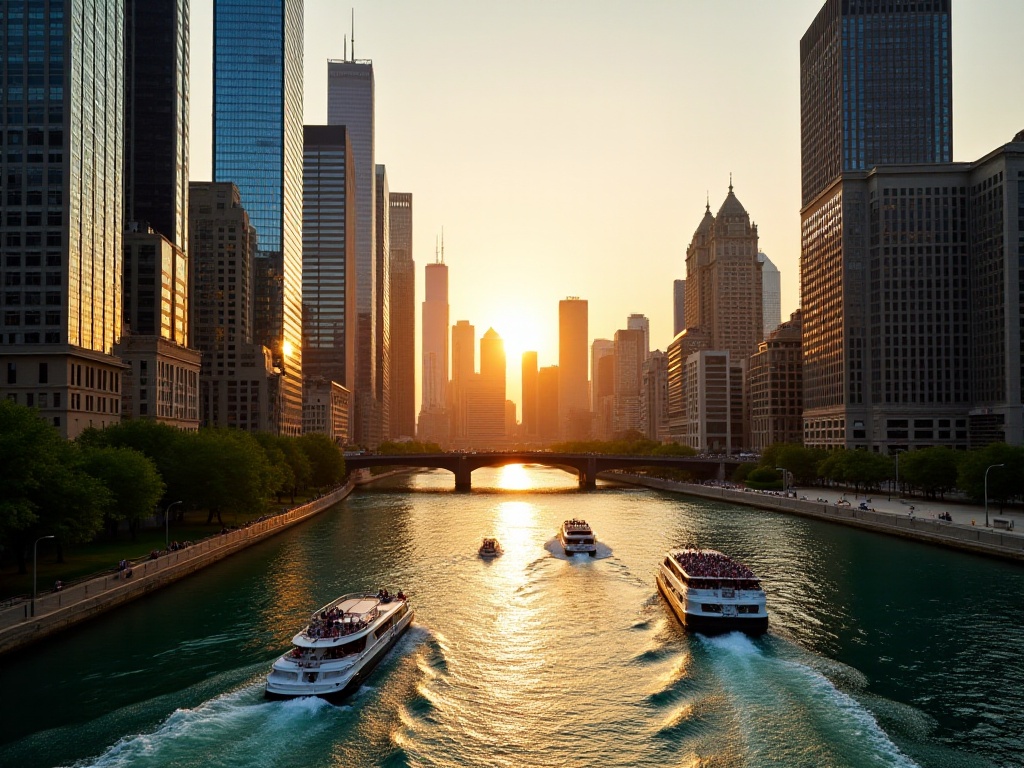
Speaking of independent travel, I must mention the hop-on-hop-off sightseeing bus - it's truly a game-changer. In Savannah, I explored the entire city using these buses. You can treat it as a mode of transportation, getting off wherever you want and catching the next bus when you're ready to move on. Best of all, at $45 for 2-8 hours of validity, it's a blessing for independent travelers.
My experience in Savannah was particularly memorable. That morning at nine, I bought my ticket at the downtown visitor center and first went to the famous Forsyth Park. It's Savannah's largest park, with oak trees draped in Spanish moss, making you feel like you're in a fairy tale. After the park, it was nearly noon, so I took the bus to the Riverfront District. With its numerous restaurants, I found a well-rated seafood place and ordered their local specialty shrimp and corn chowder, enjoying my meal while watching cargo ships pass on the Savannah River - pure bliss.
In the afternoon, I visited the Historic District, where most buildings retain their pre-Civil War appearance. Our guide told us that Savannah was one of the few Southern cities that survived the Civil War intact, making its architecture particularly historically valuable. Finally, I arrived at Bowen Square at sunset, a filming location for "Forrest Gump." Watching the setting sun turn the square's oak trees golden, I was completely enchanted by this slow-paced city's charm.
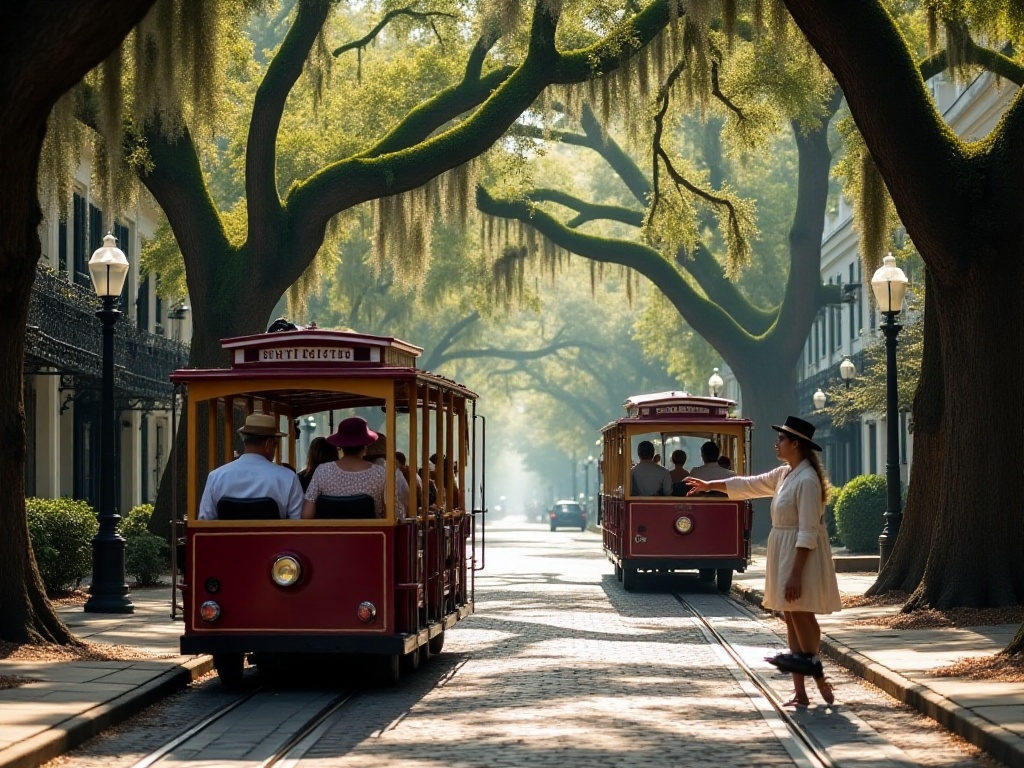
When it comes to getting around, I highly recommend cycling. In Amsterdam, I discovered countless hidden gems not found in any guidebook thanks to a rented bicycle. Once, while cycling around the Jordaan canal district, I stumbled upon a vintage café tucked away in an alley. The moment I pushed open the door, I was amazed - the owner was a collector obsessed with the 60s, and the entire place was decorated like a small museum, even the coffee machine was an antique from the last century.
I spent an entire afternoon there, chatting with the owner about Amsterdam's old stories. It turns out the location used to be a bicycle repair shop that served as a contact point for the underground resistance during World War II. If I hadn't been cycling, I would never have discovered such a historically rich place. Plus, bicycles offer great mobility - you can stop whenever something interests you, without worrying about parking or being restricted by public transport schedules.
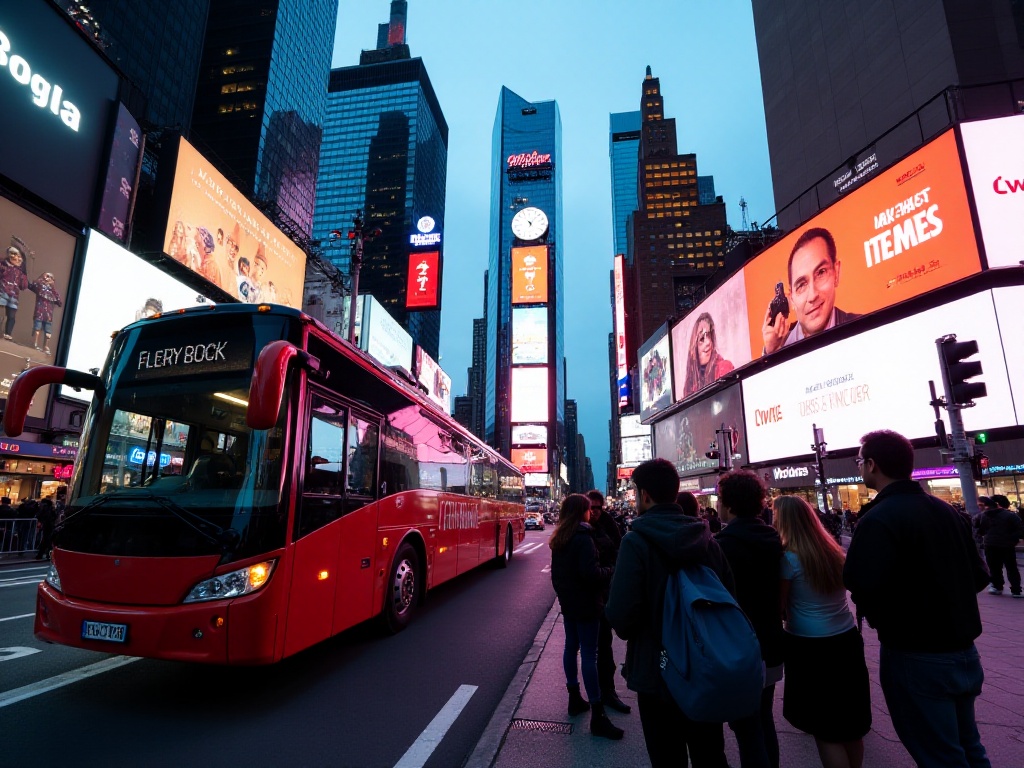
Food tours are a popular themed choice, but I'll be honest - many don't offer good value for money. Why? Because most food tours visit tourist-area hotspots where traditional recipes have often been modified to suit tourist tastes. Plus, with fixed portions and selections for group meals, you can't try more of what you like or change things up.
My suggestion is to start with a short food tour to learn about local food culture and specialties from the guide. In New York, for example, you might begin with a food tour sampling Brooklyn pizza and Manhattan's century-old steakhouses to understand authentic food standards. Then explore on your own, finding places where locals queue up. That's how I discovered a wonton noodle shop in New York's Chinatown that's been open for over thirty years, run by a Cantonese immigrant, serving wontons so delicious I ate there three days in a row.
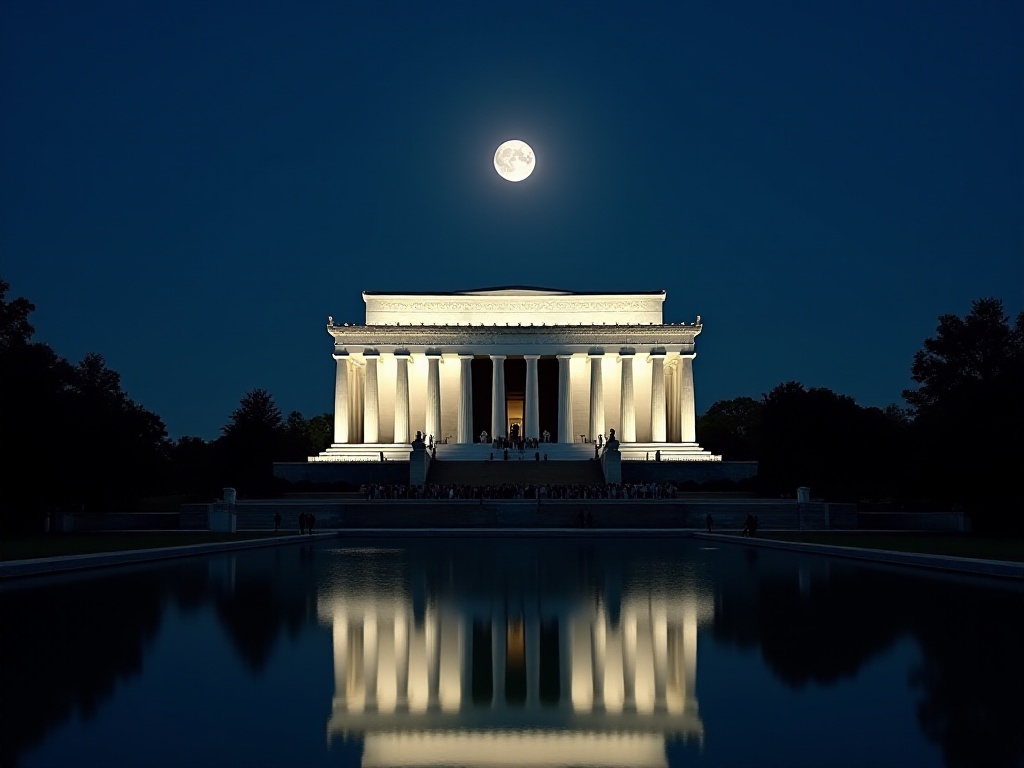
Regarding scheduling, I strongly advise against full-day tours. Many full-day tours cost around $100 and pack schedules extremely tight, offering only superficial glimpses of attractions. Take New York for example: many day tours start at 8 AM in Times Square for quick photos, rush to the Statue of Liberty, grab a quick lunch box in Chinatown, hurry through Central Park and the Metropolitan Museum in the afternoon, then finish with evening views from the Empire State Building. While it seems like you're seeing many places, you're really just skimming the surface without time to properly experience anything.
I recommend splitting your day into morning and afternoon segments. You might take a Chicago architecture tour in the morning - these 45-minute premium tours cost just $28, with guides introducing the city's architectural highlights. After the guide's explanation, you can choose to explore a particular building in depth or enjoy a leisurely lunch at a nearby restaurant. Afternoons can be spent in museums, many of which offer free hours or student discounts. If you still have energy in the evening, you can join a night tour or watch a Broadway show. While this schedule might include fewer attractions than a full-day tour, you can truly enjoy each location.
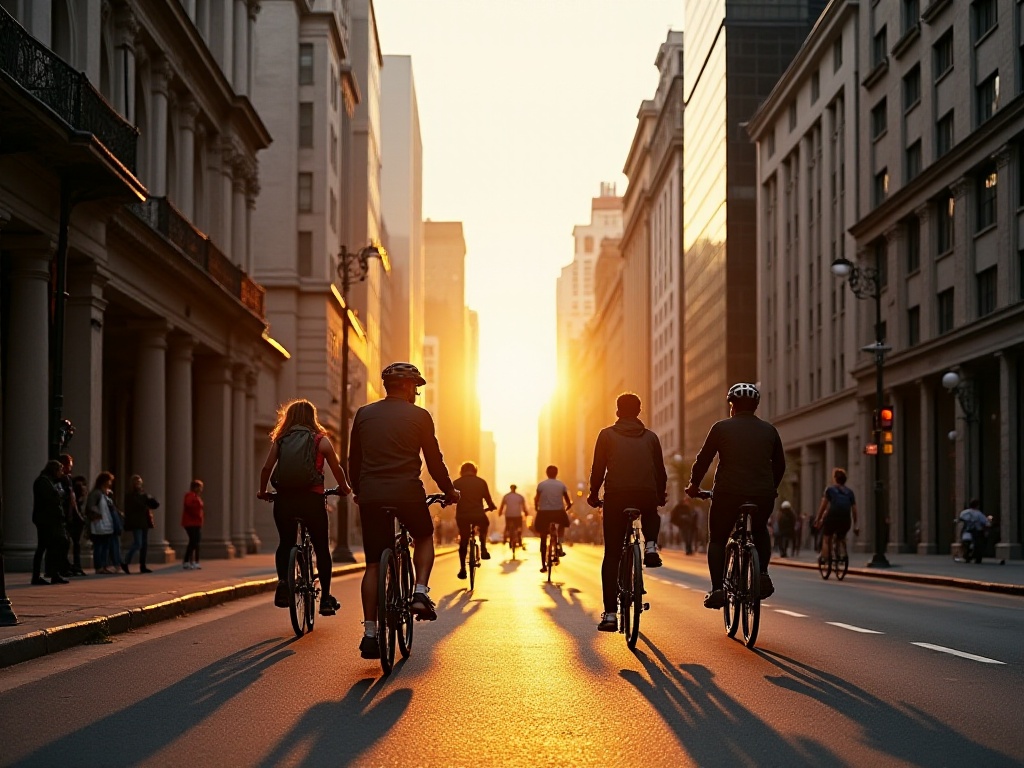
Regarding tickets, I must emphasize the value of the City Pass. Many people balk at the City Pass's price tag of one to two hundred dollars, thinking it's too expensive. But a quick calculation shows that if you plan to visit more than three attractions, City Pass can save you significant money.
Take New York's City Pass for example - it includes admission to six popular attractions including the Empire State Building, Statue of Liberty, Metropolitan Museum of Art, and Natural History Museum. Buying these tickets separately would cost at least $250. The City Pass is only $129, saving you nearly half on admission fees. Plus, City Pass often provides fast-track entry, letting you skip lines. During peak season, the Empire State Building observation deck can have two to three-hour wait times - City Pass saves you this precious time.
Besides City Pass, many cities offer their own museum passes or attraction packages. The I Amsterdam City Card, for instance, includes not only entry to popular attractions like the Van Gogh Museum and Rijksmuseum but also free public transportation and even canal cruise tickets. If you plan to stay in a city for three or more days, these city cards are often the most economical choice.
Every city is like a thick book, with surface glamour and hidden stories. Finding the right way to explore helps you truly understand a city. After years of traveling, my biggest realization is that travel isn't about social media presence, but about encountering the most beautiful scenery and discovering your true self.
Saving money isn't the goal - spending each dollar on what's most worthwhile is key. I hope this guide helps you avoid some pitfalls and find more surprises on your next trip. Travel's meaning isn't in how many places you visit, but in what you take from these places and what you leave behind.
Let's look forward to our next journey, discovering more unknown beauty. Travel is a lifestyle, a way to grow, and above all, a love for life. On the road, we'll ultimately meet our best selves.
 Previous
Previous
